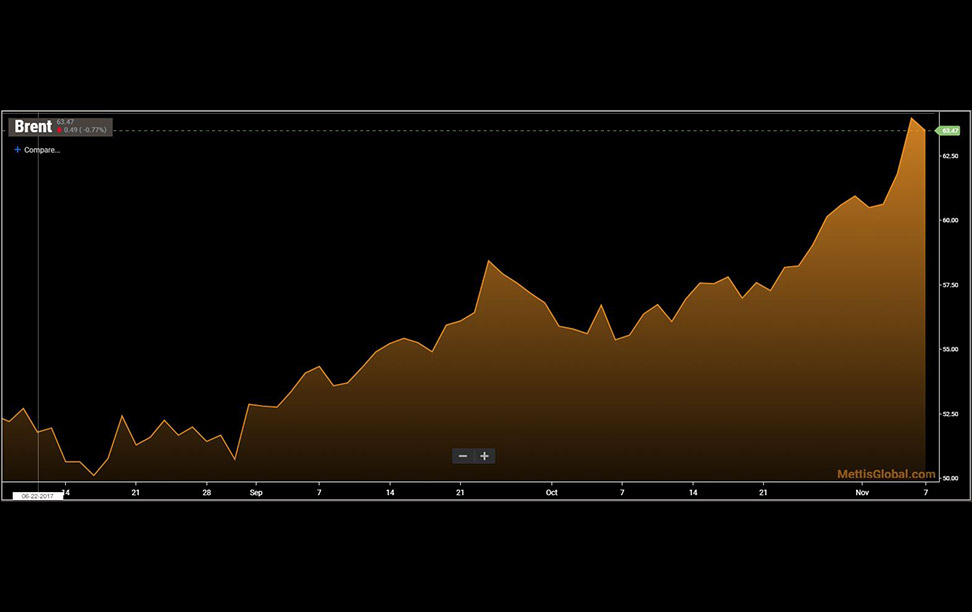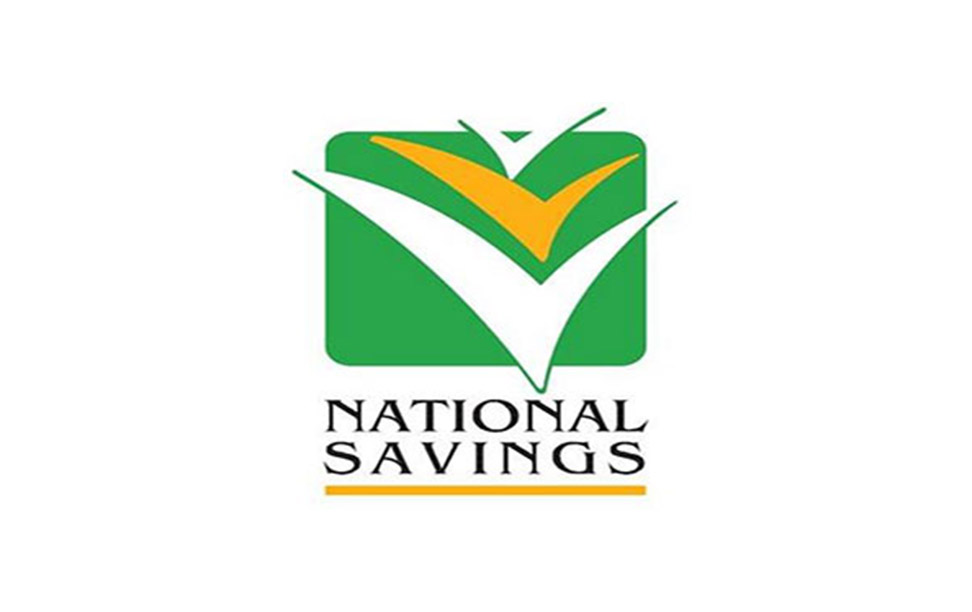Surge in remittance inflows is credit positive for Pakistani banks: Moody’s

By MG News | February 17, 2020 at 04:12 PM GMT+05:00
February 17, 2020: On 12 February, the State Bank of Pakistan (SBP) released updated monthly data on workers’ remittances showing a 4% increase in the monthly average for fiscal 2020 (which ends 30 June) over 2019 levels.
This increase adds to a continued surge in remittance inflows in recent years and is credit positive for Pakistani banks because it supports deposit flows and strengthens households’ finances.
According to the World Bank, Pakistan was the seventh-largest recipient of remittances (money transferred back home primarily by overseas migrant workers) globally in 2018, with remittances inflows reaching $21 billion, or 6.8% of the country’s GDP.
During the fiscal 2012-19 period, remittances grew at a compounded annual rate of nearly 9%, with the majority of inflows arriving from Gulf Cooperation Council countries (54% of total remittances in 2019), the US (16%), the UK (16%) and Malaysia (7%).
In local currency, however, remittances have grown even more because the Pakistani rupee has depreciated by more than 40% over this period, although the US dollar/rupee exchange rate has experienced significantly less volatility since mid-2019.
The high levels of remittances have contributed to reported double-digit growth in residents’ household deposits. Such growth benefits Pakistani banks by providing a stable and low-cost deposit base, which in turn enhances banks’ profitability and increases their liquidity buffers.
The growth will also help mitigate the effect of government deposit outflows from the potential introduction of a Treasury Single Account that will require government deposits to be placed with the SBP instead.
Increased remittances also support Pakistani households’ disposable income and borrowers’ repayment capacity, mitigating the challenges posed by high-interest rates. Households are better positioned to meet their financial obligations with banks and have historically maintained low nonperforming loan (NPLs) levels despite challenging conditions for borrowers.
Consumer NPLs accounted for 5% of total consumer loans as of the end of September 2019, while the system average NPL ratio was 8.8%.
Furthermore, we expect that the increase in income will gradually increase the historically low demand for personal credit and support financial inclusion. Personal credit accounted for 12% of total private sector credit extended by scheduled banks as of the end of December 2019, based on SBP data.
Also, as households accumulate sufficient funds we expect them to overcome one of the main factors for financial exclusion and access a variety of banking products beyond loan services.
We expect further growth in remittances, despite subdued growth in developed markets over the outlook period because of technological advances and the Pakistani authorities' focus on remittances and digitisation, which will further reduce the cost of repatriating funds.
We expect advances in mobile technology and the wider availability of digital payment platforms to reduce the cost of remittances, which the World Bank estimated accounted for 7% of the transferred fund globally as of the first quarter of 2019.
For Pakistanis, remittances are carried out primarily by various remittance and payment service providers through collaborations with commercial banks. Domestic banks' ability to offer this service on a stand-alone basis is constrained by their insufficient presence overseas.
Pakistani authorities have made continuous efforts to facilitate the faster and cheaper flow of remittances with efficient end-to-end use through increasing the number of channels and offering appropriate guidance.
Related News
| Name | Price/Vol | %Chg/NChg |
|---|---|---|
| KSE100 | 131,949.07 198.95M |
0.97% 1262.41 |
| ALLSHR | 82,069.26 730.83M |
0.94% 764.01 |
| KSE30 | 40,387.76 80.88M |
1.11% 442.31 |
| KMI30 | 191,376.82 77.76M |
0.36% 678.77 |
| KMIALLSHR | 55,193.97 350.11M |
0.22% 119.82 |
| BKTi | 35,828.25 28.42M |
3.64% 1259.85 |
| OGTi | 28,446.34 6.84M |
-1.02% -293.01 |
| Symbol | Bid/Ask | High/Low |
|---|
| Name | Last | High/Low | Chg/%Chg |
|---|---|---|---|
| BITCOIN FUTURES | 108,125.00 | 110,525.00 107,865.00 |
-2290.00 -2.07% |
| BRENT CRUDE | 68.51 | 68.89 67.75 |
-0.29 -0.42% |
| RICHARDS BAY COAL MONTHLY | 97.50 | 0.00 0.00 |
0.75 0.78% |
| ROTTERDAM COAL MONTHLY | 106.00 | 106.00 105.85 |
-2.20 -2.03% |
| USD RBD PALM OLEIN | 998.50 | 998.50 998.50 |
0.00 0.00% |
| CRUDE OIL - WTI | 66.50 | 67.18 66.04 |
-0.50 -0.75% |
| SUGAR #11 WORLD | 16.37 | 16.40 15.44 |
0.79 5.07% |
Chart of the Day
Latest News
Top 5 things to watch in this week
Pakistan Stock Movers
| Name | Last | Chg/%Chg |
|---|
| Name | Last | Chg/%Chg |
|---|




 Central Government Debt
Central Government Debt
 CPI
CPI